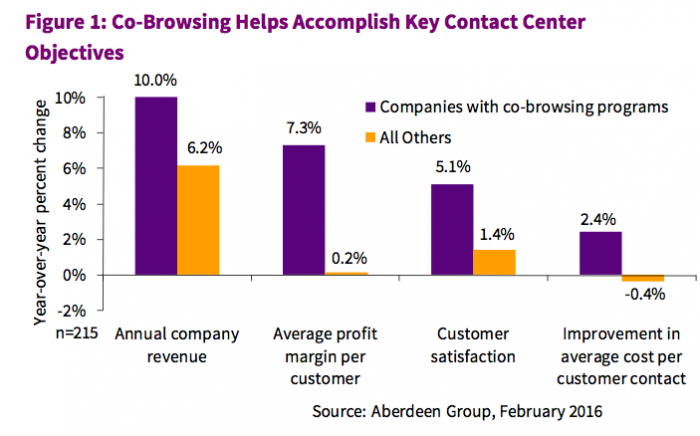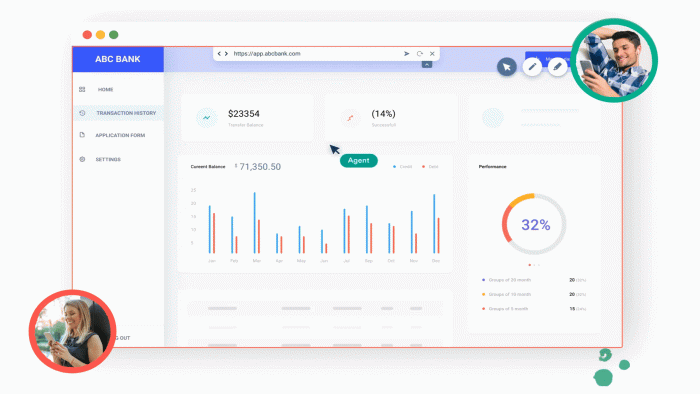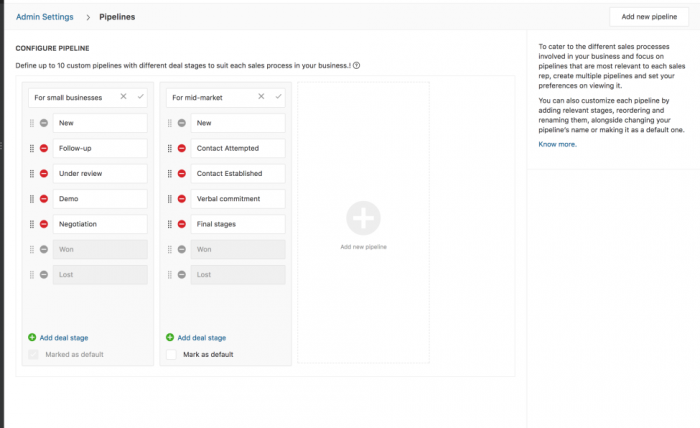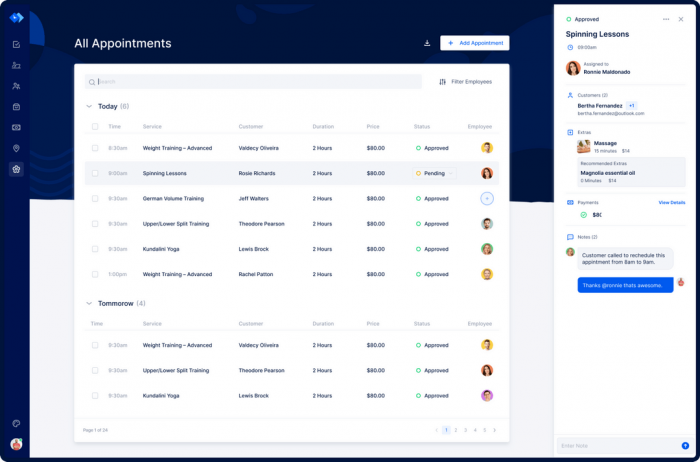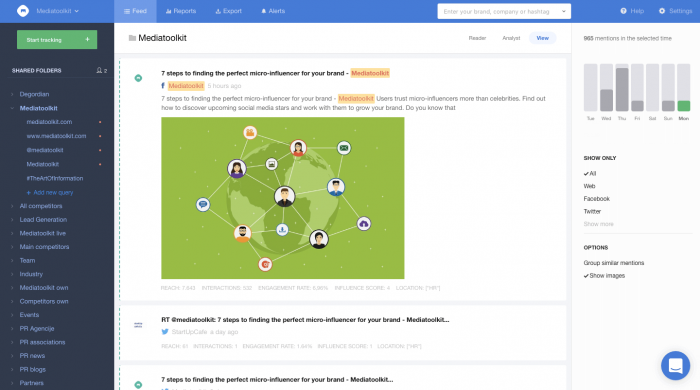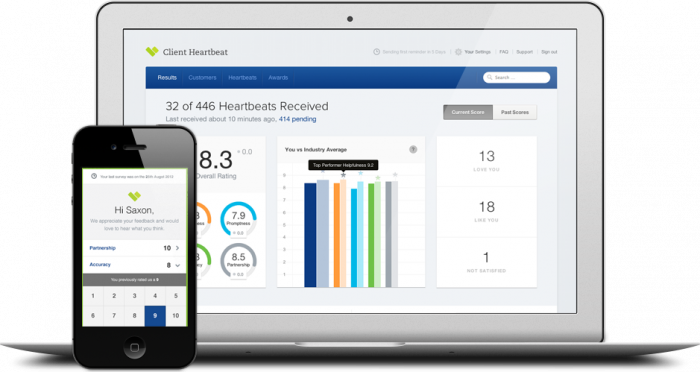Exceptional customer service. Nod, if you have heard this phrase been thrown around by brands and customer service agents alike.
Makes one wonder what exceptional customer service examples truly entail:
Is it when Trader Joe’s, an American grocery chain, breaks its own policy to deliver ‘low-sodium’ food items to an 89-year-old who is snowed in during the holidays–free of charge and within 30 minutes?
Is it when the luxury hotel chain, Ritz-Carlton (Bali), fl ies in a family member of the executive chef from Singapore to offer specialized eggs and milk for the guest’s son (who is allergic to many food items)?
Or is it when JetBlue delightfully surprises its guests on flights and at airports with rewards and gifts through a mysterious “People Officer“?
The right answer, as you might have guessed, is all of the above. Companies that go above-and-beyond their call of duty are the ones that get the customer’s stamp of approval, voluntarily and for life.
However, in order to deliver a stellar customer experience of this scale and grandeur, your CX team needs to be able to devote this kind of time and energy towards enhancing the user experience–an important metric for 87% of marketing professionals.
This can be done with the right tools at hand, which can help streamline their work and improve efficiency. Before we look at the top-6 tools that can drive extraordinary customer service, let’s finally address the real question:
What does exceptional customer service mean?
Exceptional customer service is quite simply the ability:
- To provide unconditional and excellent service to your customers, consistently and dedicatedly despite the circumstances
- Of a brand to go the extra mile and then some more, without the customer asking for it
- To extend the highest quality of service, even if the customer is in the wrong.
Moving on, let’s look at the top-6 tools and applications of CX tools that every business can benefit from.
Top-6 Tools That Every CX Professional Needs Today
1. Co-browsing Software For A Deeper Personalization
With sales dwindling owing to the global pandemic and in-person visits becoming history, the co-browsing feature can literally save the day. Here’s what data by the Aberdeen Group tells us on the ‘benefits of co-browsing:’
Another study revealed how co-browsing can help achieve the following customer service objectives:
Clearly, the advantages of using the co-browse feature cannot be discounted. Take, for instance, Canadian furniture retailer, Dufresne’s use case, which used Acquire’s Co-browse feature to:
- Bridge the gap between the online and in-store customer experience.
- Highlight features and important applications of the product online.
- Assist with payments on the screen–a common pain-point for many customers.
- Inform and educate customers on important product information, such as returns policies, terms and conditions, and furniture measurements.
- Address customer queries in real-time, reliably, and instantly.
Key takeaway: Let’s set the record straight. With the co-browse feature, you may not be able to duplicate the in-store experience; however, you can replicate it. The idea is to literally guide your customers out of troubled waters by troubleshooting collaboratively and “screen space” to offer visual cues. A faster and effective query resolution, in addition to minimizing ‘effort’ on the customer’s part, naturally boosts the overall customer experience.
2. Customer Relationship Management System For A Centralized Process
Did you know that according to a recent report, an overwhelming “91% of companies with more than 11 employees use CRM software?” Clearly, this tool finds many takers, and for a good reason. But before we jump into the benefits, let’s understand what CRM software is. A CRM tool basically enables your business to deliver a unique and seamless customer experience by:
- Allowing agents to build better relationships
- Providing a 360-degree picture of all customer interactions
- Monitoring sales as well as organizing and prioritizing opportunities
- Facilitating collaboration between various teams
As an interesting use case, consider the example of the Freshworks CRM software. This tool allows businesses to create multiple sales pipelines for different products and markets that it caters to. More importantly, agents can access complete, contextual, and real-time data, along the relevant deal stages across each pipeline. Bringing convenience to the forefront, agents don’t need to juggle between pipelines; they can simply mark a pipeline as “default” to ensure that all the new deals are automatically created in their team’s pipeline:
Key takeaway: A CRM tool can help centralize, optimize, and streamline the entire sales, allow businesses to nurture leads and boost revenues, store user-centric data in a centralized place for easy access, and extract valuable insights from customer data to deliver personalized marketing campaigns. All these efforts come together to provide an exceptional customer experience.
3. Appointment Scheduling Software For Enhanced Support Tracking
Another critical aspect of any customer-oriented business is its ability to keep track of your customer support calls, especially the ones that are made for making appointments over the phone or email. This is where an appointment scheduling software such as Trafft comes into the limelight:
Appointment scheduling software offers multiple advantages from a customer service point-of-view, such as:
- Increased convenience as users can schedule appointments on-the-fly, 24×7. In fact, according to a study, 90% of customers prefer booking appointments online:
- Better visibility into data relating to client appointments, ensuring that your team is always on top of the bookings
- Saved time and effort as the process gets automated. A recent study indicates that businesses can save up to 2.5 weeks by using online scheduling software.
- Improved customer satisfaction as there’s no back-and-forth or ‘waiting’ involved; customers can simply make appointments at the click of a button.
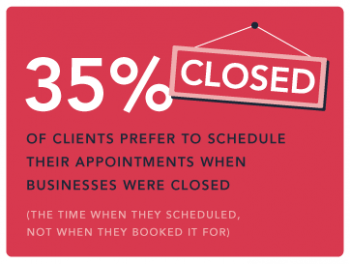
Image Source
Key takeaway: A premium appointment scheduling tool can automate the most critical part of your customer service process–booking appointments–thereby allowing your agents to focus on other areas that require complex problem-solving and creative thinking.
4. Media Monitoring Tool For Tracking Brand Mentions Across The Web
If you think that your customers are not going to use social media to connect with your brand, think again. Research by Forrester claims that “80% of consumers use social to engage with brands.” Furthermore, data by American Express claims that “35% of American customers post negative comments about companies on social media, and 53% post positive comments.”
Needless to say, not monitoring your brand’s mentions and customer feedback on social media can prove to be a PR nightmare for your business. Take the example of British Airways, which failed to respond to a customer’s tweet for eight straight hours:
As a result, the tweet was seen by a total of 76,000 users before the company responded with an unsatisfactory response (to make matters worse):
Luckily, your brand can avert such disasters by making use of media monitoring tools such as the Mediatoolkit. These kinds of tools allow you to monitor online mentions of your brand in real-time so that no customer query or feedback goes unnoticed:
In addition to this, you can:
- Keep track of every article, hashtag, or comment that mentions your business across social media platforms.
- Find the source of your mentions, such as Twitter, Facebook, YouTube, blogs, and forums.
- Receive real-time mention alerts and notifications so that you can respond with speed.
- Identify engaging posts, access virality alerts, and analyze brand sentiment.
Key takeaway: All in all, media monitoring tools are a must-have in today’s digital age, where customers are socially-savvy and more than willing to connect with brands on public forums and social media channels to vent out, celebrate brands, or air their concerns.
5. Customer Feedback Software For Streamlining Your Customer Service
The last and most important piece of the puzzle is customer feedback software such as Client Heartbeat. The importance of capturing and analyzing customer feedback cannot be stated enough. As Brian Halligan, CEO of HubSpot, rightly says:
“Feedback is the breakfast of champions.”
Gathering customer feedback allows brands to understand where they are going wrong, what problem areas they can improve on, and what their customers are liking in the first place.
With agents already overwhelmed with the increasing number of support calls during the pandemic and with more than 35% of the customer experience (CX) workforce predicted to be working from home by 2023, customer feedback software can turn out to be every CX agent’s best friend. Client Heartbeat is one such tool that allows you to survey your customers, measure their satisfaction, and identify those that are unhappy:
You can also get testimonials and share them, and seamlessly integrate this tool with your CRM.
Key takeaway: Automating your feedback-gathering process allows you to regularly and consistently gather feedback as well as follow-up with disgruntled customers to improve the user experience. Moreover, these tools can provide critical insights into your customer’s mindset as well as sentiment so that you can act on the feedback with speed and make meaningful changes.
6. Knowledge Base Software for Self-Service Customer Support
Today’s customers are ardent fans of self-service support.
According to Microsoft’s State of Global Customer Service Report, 88% of customers expect brands to provide a self-service support portal.
The rising preference for self-service stems from customers’ increasing need for convenience. Conventional customer support routes of calls and emails are more time-consuming and do not always deliver a seamless experience. On the contrary, customers can access self-service support at their fingertips, anytime and from anywhere they are.
ProProfs Knowledge Base is one such tool that helps you build an online self-service knowledge base, FAQs, documentation, manuals, and more for your customers. It puts customers at the drivers’ seat, equipping them with the resources they need to solve issues on their own.
This means the inflow of tickets reaching your agents reduces significantly. It is a relief as they don’t have to spend hours answering the same questions over and over again. Instead, your agents can focus on serious customer issues and be their productive best at work.
This knowledge base software provides:
- 40+ ready-to-use templates to help you get started
- Rich authoring features
- Insightful reports that give insights into article performance
- Workflow rules and approval
- Multi-device publishing
You can integrate this software with ticketing and chat tools like Zendesk, Salesforce Desk, Freshdesk, LiveChat, and many more to offer a 360-degree support experience to your customers.
Key Takeaway: Knowledge base tools help you provide customers what they crave the most – convenience. While customers get the flexibility to resolve basic issues on their own, agents can focus on pressing customer concerns that require immediate attention. It’s a win-win scenario for both customers and agents.
Closing Thoughts
Delivering an exceptional customer experience is not a one-man’s job; neither can it be solely ‘offloaded’ to an intelligent machine. It requires the combined expertise as well as strategic thinking of your human agents and the scalability and agility that intuitive tools bring to the table. Try these time-tested tools that cater to important aspects of your customer experience journey and create CX history.


